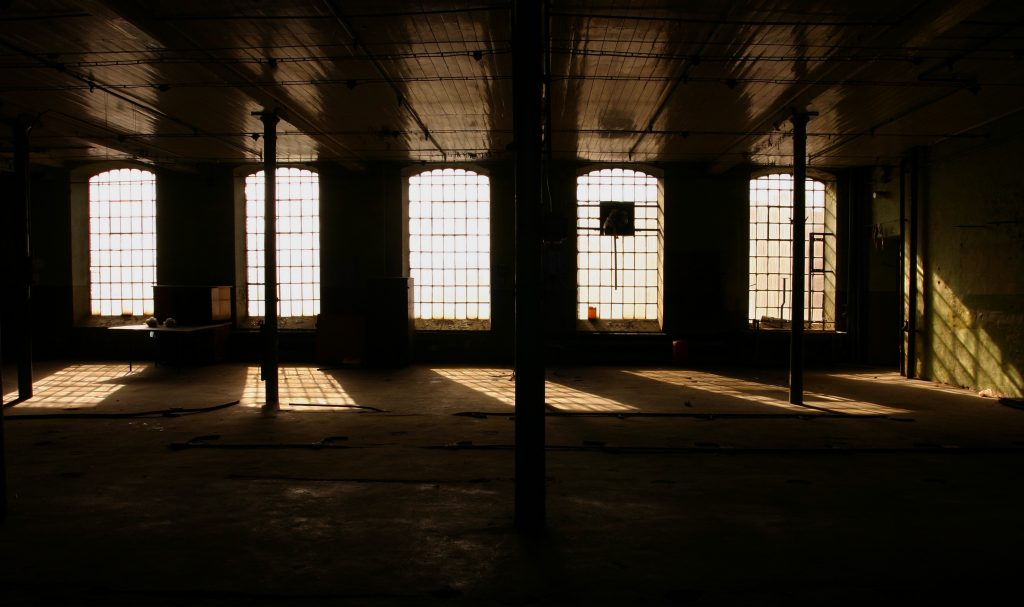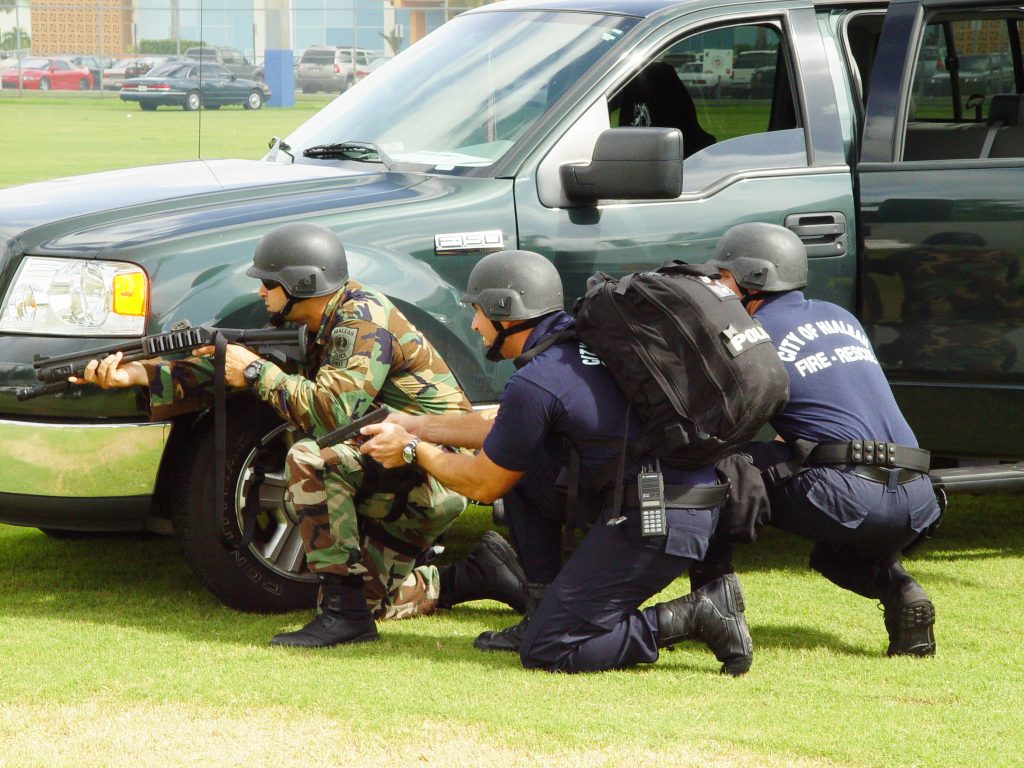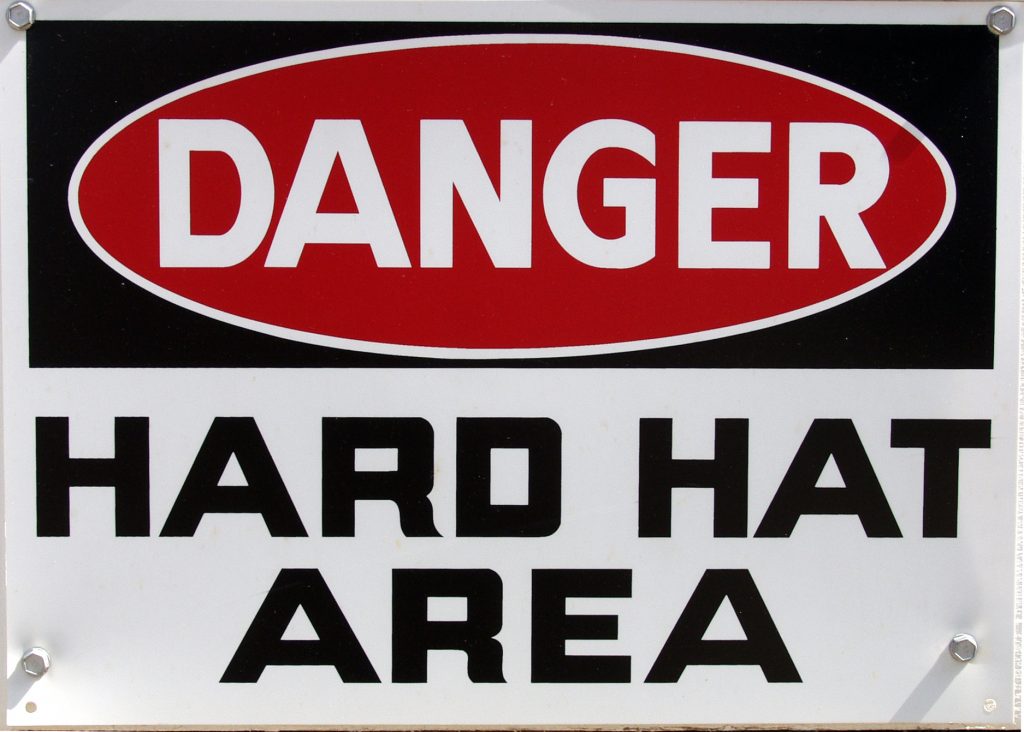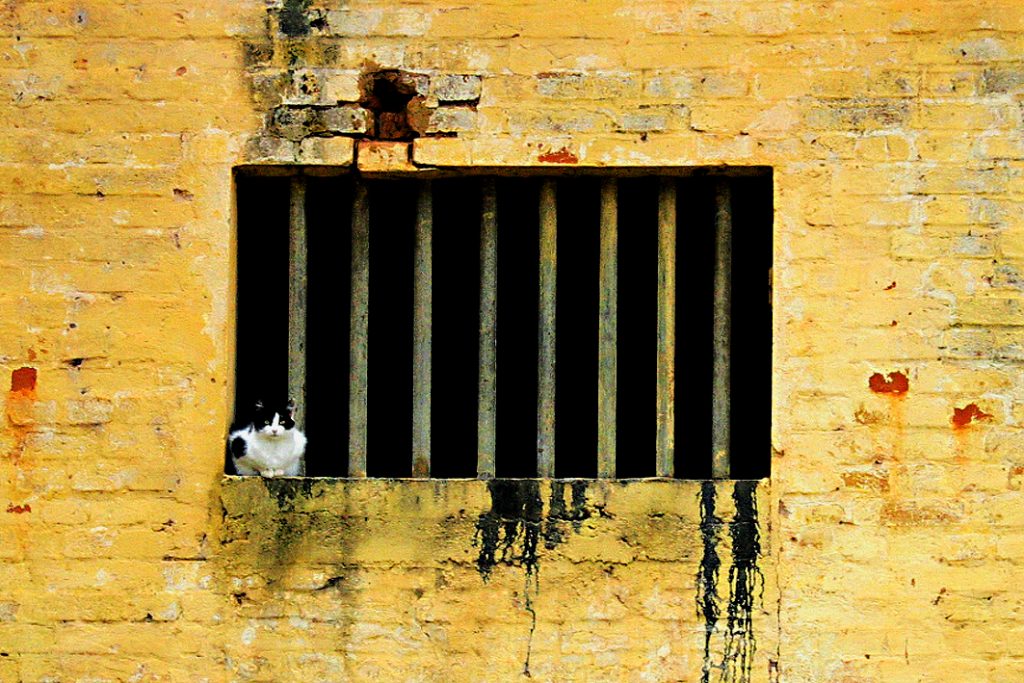 Most Louisiana residents understand the liability they may incur if they do not properly fence a backyard pool. But what about other, less obvious drowning hazards, such as a church’s baptismal pool? Who is held accountable for the failure to protect children from falling in? Typically, a church is part of a diocese and must meet the general guidelines established by the diocese in order to maintain its affiliation. For instance, the First Assembly Church of God (“First Assembly”) in Ruston, Louisiana is affiliated with the Louisiana District Council of the Assemblies of God (the “DC”) and the General Council of the Assemblies of God (the “GC”). After a tragic accident involving the toddler of a First Assembly family, Louisiana’s Second Circuit Court of Appeal was called upon to determine whether the DC and the GC had sufficient control over First Assembly to be liable for the church’s negligence.
Most Louisiana residents understand the liability they may incur if they do not properly fence a backyard pool. But what about other, less obvious drowning hazards, such as a church’s baptismal pool? Who is held accountable for the failure to protect children from falling in? Typically, a church is part of a diocese and must meet the general guidelines established by the diocese in order to maintain its affiliation. For instance, the First Assembly Church of God (“First Assembly”) in Ruston, Louisiana is affiliated with the Louisiana District Council of the Assemblies of God (the “DC”) and the General Council of the Assemblies of God (the “GC”). After a tragic accident involving the toddler of a First Assembly family, Louisiana’s Second Circuit Court of Appeal was called upon to determine whether the DC and the GC had sufficient control over First Assembly to be liable for the church’s negligence.
In 2013, Irene Che and her 22-month-old daughter attended services at First Assembly. At some point during the service, the child was found submerged in the church’s baptismal pool. Although she survived, Che’s daughter suffered brain damage that left her unable to walk, talk, or feed herself. In her lawsuit, Che alleged that First Assembly was negligent in leaving the baptismal pool unguarded, and named the church, the DC, and the GC as defendants. Che argued that the DC and the GC were liable under the theory of respondeat superior, which establishes that a person or business is responsible for the damages caused by the acts or omissions of persons over whom it exercises control. La. C.C. art. 2317. The rule has been extended by the Louisiana Civil Code to include employers, who are responsible for the damage caused by their employees in the exercise of the functions within the scope of their employment. La. C.C. art. 2320, The DC and the GC filed a motion for summary judgment contesting the application of respondeat superior to the relationship between themselves and First Assembly. The trial court granted the motion and dismissed the DC and the GC as defendants; Che appealed.
The Second Circuit analyzed the relationship created by First Assembly’s contracting with the DC and the GC to gain the right to affiliate with the Church of God. The Court, noting that the single most important factor when determining whether an employer-employee relationship exists — a step necessary to invoke respondeat superior — is whether the “employer” has the right to control the work or actions of the “employee,” found that there was no evidence that the DC and GC maintained such right over First Assembly and its employees. The Court further analyzed the DC’s and the GC’s Constitutions and By-laws, concluding that those operating documents failed to establish a relationship between the two bodies and First Assembly that could support the invocation of respondeat superior. As a result, the Court affirmed the trial court’s dismissal of the DC and the GC as defendants in the case, leaving Che to pursue her negligence claim against First Assembly alone.
 Louisiana Personal Injury Lawyer Blog
Louisiana Personal Injury Lawyer Blog


 Accidents involving children are difficult for everyone involved. When the accident results in extensive, life-changing injuries, the situation becomes even more tragic and often results in multiple lawsuits. A person cannot recover damages unless he or she has a recognized claim to do so under law. This concept is known as “standing.” Calvernia Reed, maternal aunt to an injured minor child, Geneva Marie Fils, got a glimpse into how strictly Louisiana courts construe that standing requirement.
Accidents involving children are difficult for everyone involved. When the accident results in extensive, life-changing injuries, the situation becomes even more tragic and often results in multiple lawsuits. A person cannot recover damages unless he or she has a recognized claim to do so under law. This concept is known as “standing.” Calvernia Reed, maternal aunt to an injured minor child, Geneva Marie Fils, got a glimpse into how strictly Louisiana courts construe that standing requirement.  For a plaintiff to prove a negligence case, he or she must prove, among other things, that the defendant owed a legal duty to the plaintiff. See
For a plaintiff to prove a negligence case, he or she must prove, among other things, that the defendant owed a legal duty to the plaintiff. See  Because of the highly technical aspect of seeking relief from the court system, someone unfamiliar with the legal process can be confused and frustrated by the litigation process. This circumstance can be intensified by the harm done and the matter being litigated. Mr. William Matthews, the surviving husband of Mrs. Geranda Matthews, faced this exact problem when filing a medical malpractice claim against two of his wife’s physicians and Louisiana State University Health Systems.
Because of the highly technical aspect of seeking relief from the court system, someone unfamiliar with the legal process can be confused and frustrated by the litigation process. This circumstance can be intensified by the harm done and the matter being litigated. Mr. William Matthews, the surviving husband of Mrs. Geranda Matthews, faced this exact problem when filing a medical malpractice claim against two of his wife’s physicians and Louisiana State University Health Systems. When someone dies because of another person’s negligence certain individuals can bring a wrongful death lawsuit against the negligent party. Normally, those who may recover under a claim for wrongful death and survival are limited to a certain class of persons. In such cases, the plaintiff can be the surviving spouse, a surviving child, the decedent’s parents, the decedent’s siblings, or the decedent’s grandparents.
When someone dies because of another person’s negligence certain individuals can bring a wrongful death lawsuit against the negligent party. Normally, those who may recover under a claim for wrongful death and survival are limited to a certain class of persons. In such cases, the plaintiff can be the surviving spouse, a surviving child, the decedent’s parents, the decedent’s siblings, or the decedent’s grandparents.  Often, the facts of a lawsuit are unclear. One strategy that lawyers often use to prove their version of events is to use an expert witness to corroborate their side’s story. Expert witnesses are individuals who possess knowledge in a field or area that the average person knows little to nothing about. Frequently, both sides in a lawsuit end up utilizing experts who often times have differing opinions about the facts surrounding the lawsuit. But how does a judge or jury determine which expert is correct? Recently, the Fifth Circuit Court of Appeal for the State of Louisiana addressed these questions in a workers’ compensation case.
Often, the facts of a lawsuit are unclear. One strategy that lawyers often use to prove their version of events is to use an expert witness to corroborate their side’s story. Expert witnesses are individuals who possess knowledge in a field or area that the average person knows little to nothing about. Frequently, both sides in a lawsuit end up utilizing experts who often times have differing opinions about the facts surrounding the lawsuit. But how does a judge or jury determine which expert is correct? Recently, the Fifth Circuit Court of Appeal for the State of Louisiana addressed these questions in a workers’ compensation case. A common tactic of defendants is to attempt to remove a case from state court to Federal Court if there is the slightest indication that such removal might be proper. Depending on the case, however, it may be more advantageous to a plaintiff to keep the case in state court. Without even concerning the merits of the case, a battle ensues costing time and money. In any case, where the Federal Government is even remotely involved, removal will likely be an issue. How can a plaintiff successfully keep their lawsuit in state court when the Federal Government is involved? Recent Louisiana asbestos litigation provides at least one way.
A common tactic of defendants is to attempt to remove a case from state court to Federal Court if there is the slightest indication that such removal might be proper. Depending on the case, however, it may be more advantageous to a plaintiff to keep the case in state court. Without even concerning the merits of the case, a battle ensues costing time and money. In any case, where the Federal Government is even remotely involved, removal will likely be an issue. How can a plaintiff successfully keep their lawsuit in state court when the Federal Government is involved? Recent Louisiana asbestos litigation provides at least one way.  Cases with multiple defendants and multiple claims are typically complex and slow to resolve. Not all claims apply to all defendants, not all defenses apply to all claims or parties, etc. Furthermore, some defendants possess certain immunities which may allow for the dismissal of certain claims against that defendant before the remaining claims are even addressed. What happens if one claim is dismissed, the plaintiff wants to appeal that dismissal, yet the entire matter is still pending? This is the subject of a recent wrongful death case out of Metairie, Louisiana.
Cases with multiple defendants and multiple claims are typically complex and slow to resolve. Not all claims apply to all defendants, not all defenses apply to all claims or parties, etc. Furthermore, some defendants possess certain immunities which may allow for the dismissal of certain claims against that defendant before the remaining claims are even addressed. What happens if one claim is dismissed, the plaintiff wants to appeal that dismissal, yet the entire matter is still pending? This is the subject of a recent wrongful death case out of Metairie, Louisiana.  Getting seriously injured on the job is always a terrible experience, but what if it is unclear for purposes of a lawsuit who you even work for? You know that someone owes you compensation for your injuries, but in this recent case out of Natchitoches Parish that “someone” may not be where your employment application was filed.
Getting seriously injured on the job is always a terrible experience, but what if it is unclear for purposes of a lawsuit who you even work for? You know that someone owes you compensation for your injuries, but in this recent case out of Natchitoches Parish that “someone” may not be where your employment application was filed.  Navigating the criminal justice system is a scary, stressful and, often harrowing experience for anyone, but these feelings are generally exacerbated when a defendant is mentally ill. The unfortunate story of Willie Warren Harper follows as an illustration of the litigation that can arise in these situations. After being arrested for theft in 1984, Mr. Harper was admitted to Feliciana Forensic Facility (FFF), a part of Louisiana Department of Health and Hospitals (DHH). He was found not guilty by reason of insanity and, when deemed to no longer be a danger to himself or others, was to be released on the condition that the Orleans Inmate Treatment Service (OITS) would help him enter a halfway home and file for social security and welfare. However, he remained in DHH’s legal custody until 1997.
Navigating the criminal justice system is a scary, stressful and, often harrowing experience for anyone, but these feelings are generally exacerbated when a defendant is mentally ill. The unfortunate story of Willie Warren Harper follows as an illustration of the litigation that can arise in these situations. After being arrested for theft in 1984, Mr. Harper was admitted to Feliciana Forensic Facility (FFF), a part of Louisiana Department of Health and Hospitals (DHH). He was found not guilty by reason of insanity and, when deemed to no longer be a danger to himself or others, was to be released on the condition that the Orleans Inmate Treatment Service (OITS) would help him enter a halfway home and file for social security and welfare. However, he remained in DHH’s legal custody until 1997.